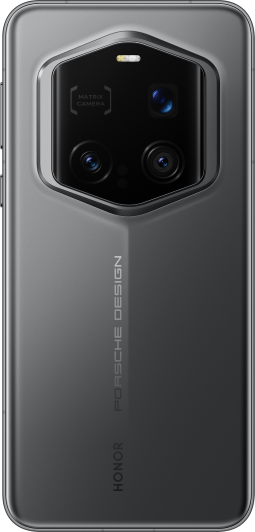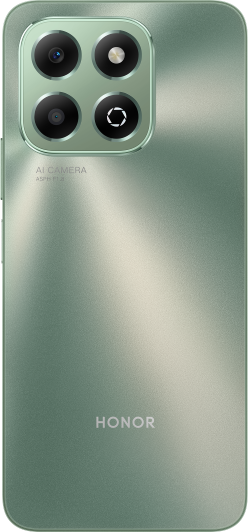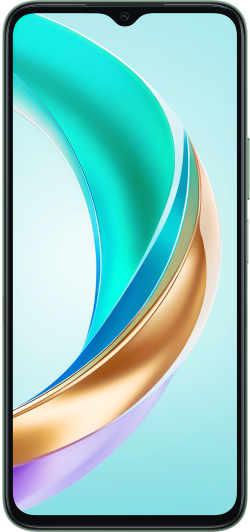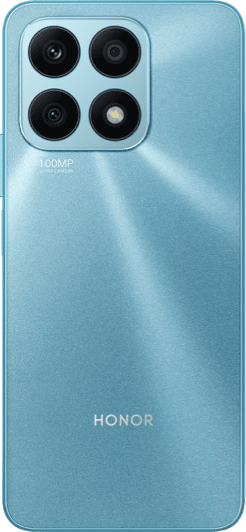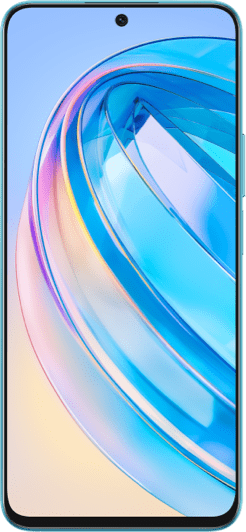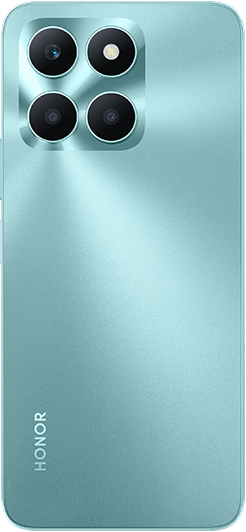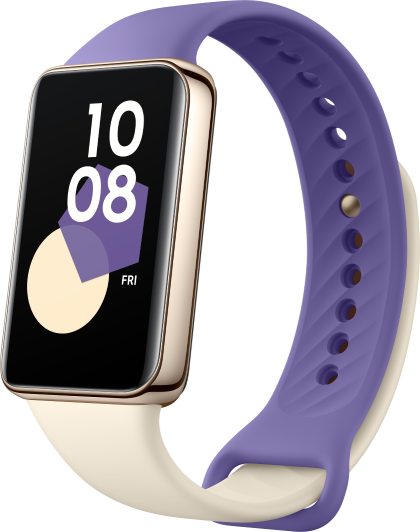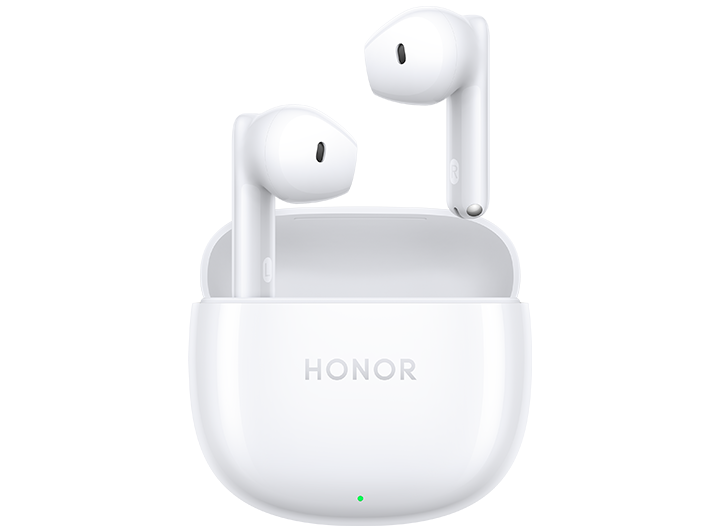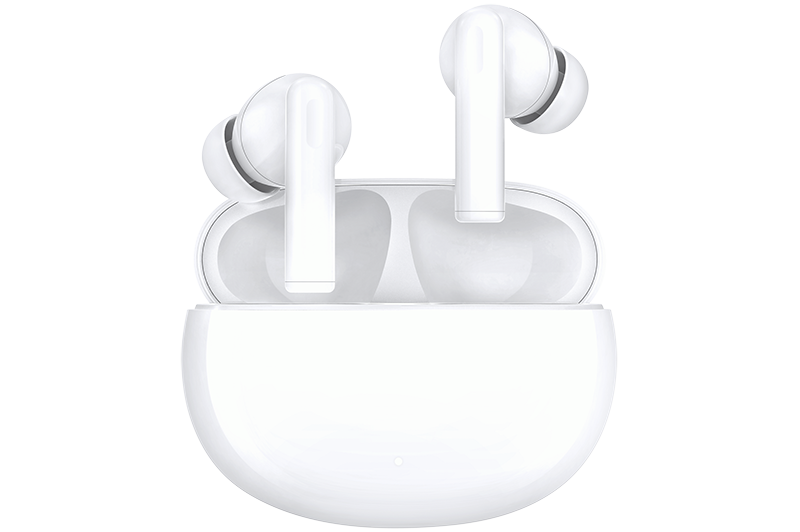TOP

我的荣耀 开启荣耀之旅
To log in to your account, you must first agree to the HONOR PLATFORM TERMS OF USE. If you do not agree, you may only browse the site as a guest.

Will Smartphones Replace Cameras? Navigating the Future of Photography Technology
The argument over whether smartphones will eventually take the place of traditional cameras is becoming more heated in an era of rapid technical advancement.
Examining important aspects such as sensors, resolution, focusing, displays, lenses, video capabilities, size, connectivity, ease of use, and cost, this article explores the benefits and drawbacks of smartphones and cameras.
We hope to provide an overall response to the question: will smartphones replace DSLR? Let us all find out.
Smartphones vs Cameras: Which Is the Winner?
Although the field of smartphone cameras is continuously seeing a lot of new improvements, cameras were still quite important to our photography even after smartphones were commonplace. We will discuss the frequently used technologies and other considerations to decide which is the winner between smartphones and cameras.
Sensors
Smartphones have made impressive strides in sensor technology, packing increasingly sophisticated sensors into their compact frames. These advancements have resulted in better low-light performance and more detailed images. However, their smaller sensor size still limits their capabilities, especially when compared to larger camera sensors.
Cameras, particularly DSLRs and mirrorless models, boast larger sensors that capture more light and detail. This translates to superior image quality, especially in challenging lighting conditions. The larger sensor size also allows for more control over the depth of field, enabling professional-grade bokeh effects.
Resolution
Smartphones are rapidly closing the gap in resolution, with many models offering high megapixel counts. This results in sharper, more detailed images, suitable for large prints and cropping.
Cameras, however, still have the upper hand in terms of pure resolution, especially medium-format and full-frame models. This high resolution is crucial for professional photography, where large-scale prints and minute detail are important.
Autofocus
Smartphones have made significant improvements in autofocus technology, incorporating features like phase detection and AI-enhanced focusing. This allows for quick and accurate focusing, especially in well-lit environments.
Cameras offer more advanced autofocus systems, with more focus points, better tracking capabilities, and faster focus speeds. This is particularly noticeable in low light and for fast-moving subjects.
Screens
Smartphones usually have high-quality screens with excellent resolution, brightness, and colour accuracy, making them ideal for framing and reviewing shots.
Cameras often feature vari-angle LCD screens, which are extremely useful for shooting from different angles. While the screen quality may vary, higher-end models include touchscreens with intuitive controls.
Lenses
Smartphones are becoming more versatile with multiple lens setups, offering wide, ultra-wide, and telephoto options. However, they can't match the quality and variety of lenses available for cameras.
Cameras benefit from a vast selection of interchangeable lenses, ranging from wide-angle to super-telephoto and speciality lenses like macro and tilt-shift. This flexibility is a significant advantage for creative and professional photography.
Video
Smartphones have become formidable tools for video, offering 4K and even 8K recording capabilities. Their compact size and connectivity options make them ideal for on-the-go vlogging and social media content.
Cameras still lead in professional video production, with better control over settings, higher bit rates, and support for various log profiles for advanced colour grading.
Size
Smartphones are unbeatable in terms of portability. Their compact size makes them the go-to choice for casual and impromptu photography.
Cameras, especially DSLRs, are bulkier and heavier, making them less convenient for everyday carry. However, this size accommodates better sensors and ergonomics for extended shooting.
Connectivity
Smartphones excel in connectivity, with seamless integration into social media, cloud storage, and instant sharing capabilities.
Cameras have improved in this area, with Wi-Fi, Bluetooth, and NFC options, but they still lag behind smartphones in terms of ease and speed of sharing.
Convenience
Smartphones offer unmatched convenience. Always at hand, they allow for quick capturing of moments without additional equipment.
Cameras require more preparation and are less spontaneous. However, this is often a trade-off for the control and quality they provide.
Price
Smartphones can be expensive, but they serve multiple purposes beyond photography, making them a more versatile investment.
Cameras range widely in price, with entry-level models being quite affordable. However, professional-grade cameras and lenses can be a significant investment.
Will Phones Replace Cameras?
The question of whether phones will replace cameras is complex and depends on various factors, including technological advancements, user needs, and the evolving landscape of photography.
On one hand, smartphones have made significant strides in camera technology. Their portability, ease of use, and the integration of advanced features such as AI and computational photography have revolutionized how we capture and share images. For the average consumer, smartphones often suffice for everyday photography, thanks to their ability to produce high-quality images and videos suitable for social media and casual sharing. A prime example of advanced smartphone photography is the HONOR Magic5 Pro. It boasts a triple rear camera setup with 50MP sensors for wide, ultra-wide, and periscope telephoto shots, offering up to 100x digital zoom and 4K 60fps video recording. Its features like AI Motion Sensing Capture, Night shot, and Pro mode bridge the gap between smartphones and traditional cameras, highlighting how smartphones continue to evolve in the realm of high-quality photography.
However, despite these advancements, there are inherent limitations to smartphone photography. Professional cameras, particularly DSLRs and mirrorless models, still offer superior image quality, more control over settings, and greater flexibility with interchangeable lenses. These features are crucial for professional photographers and enthusiasts who demand high-level artistic control and precision.
Moreover, the physical constraints of smartphones, like smaller sensors and the lack of certain hardware capabilities, limit their performance in specific scenarios, such as low-light or fast-action photography. While smartphones continue to close the gap, there's still a clear distinction in terms of capabilities and use cases.
Overall, while smartphones are increasingly becoming the go-to choice for everyday photography, they are unlikely to completely replace cameras, especially in professional and artistic contexts. Both have their place in the photography world, serving different needs and preferences.
Conclusion
The future of photography technology lies in a harmonious blend of smartphones and dedicated cameras. Each has its strengths and weaknesses, and as technology progresses, we witness an exciting convergence that benefits both casual users and photography enthusiasts. The key is understanding the specific needs and preferences of users, whether they prioritize convenience or seek the creative possibilities afforded by dedicated camera systems.
FAQ
Why does my phone take better pictures than my camera?
Advancements in smartphone camera technology, including improved sensors, image processing algorithms, and computational photography, contribute to enhanced image quality. However, dedicated cameras may still outperform smartphones in certain scenarios due to larger sensors and specialized lenses.
Are smartphone cameras as good as DSLRs?
While smartphone cameras have made significant strides, high-end DSLRs still offer superior image quality, especially in challenging lighting conditions and for professional photography needs. Smartphones excel in convenience and versatility but may not replace the capabilities of dedicated DSLR systems.
Why do newer phones have more cameras?
The trend of multiple cameras on smartphones aims to enhance versatility. Different lenses, such as wide-angle and telephoto, contribute to a more diverse photography experience. The combination of multiple cameras, along with advanced software, allows for creative possibilities and improved image quality.
Source: HONOR Club

Subscribe To Our Newsletter - Discover HONOR
Please accept HONOR Platform Privacy Statement.
By entering your WhatsApp number, you agree to receive commercial information on WhatsApp about HONOR products, events, promotions and services. For more details, please see our privacy policy.
Please accept HONOR Platform Privacy Statement.
I agree to receive the latest offers and information on HONOR products, events and services through third-party platforms (Facebook, Google). I may withdraw my consent at any time as indicated in the Privacy Statement.
Contact
Mon-Sat: 09:00 – 18:00. (Except on national holidays).
Third Floor, 136 George St., London, W1H 5LD, United Kingdom.
Copyright © HONOR 2017-2025. All rights reserved.
We use cookies and similar technologies to make our website work efficiently, as well as to analyze our website traffic and for advertising purposes.
By clicking on "Accept all cookies" you allow the storage of cookies on your device. For more information, take a look at our Cookie Policy.
Functional cookies are used to improve functionality and personalization, such as when playing videos or during live chats.
Analytical cookies provide information on how this site is used. This improves the user experience. The data collected is aggregated and made anonymous.
Advertising cookies provide information about user interactions with HONOR content. This helps us better understand the effectiveness of the content of our emails and our website.






